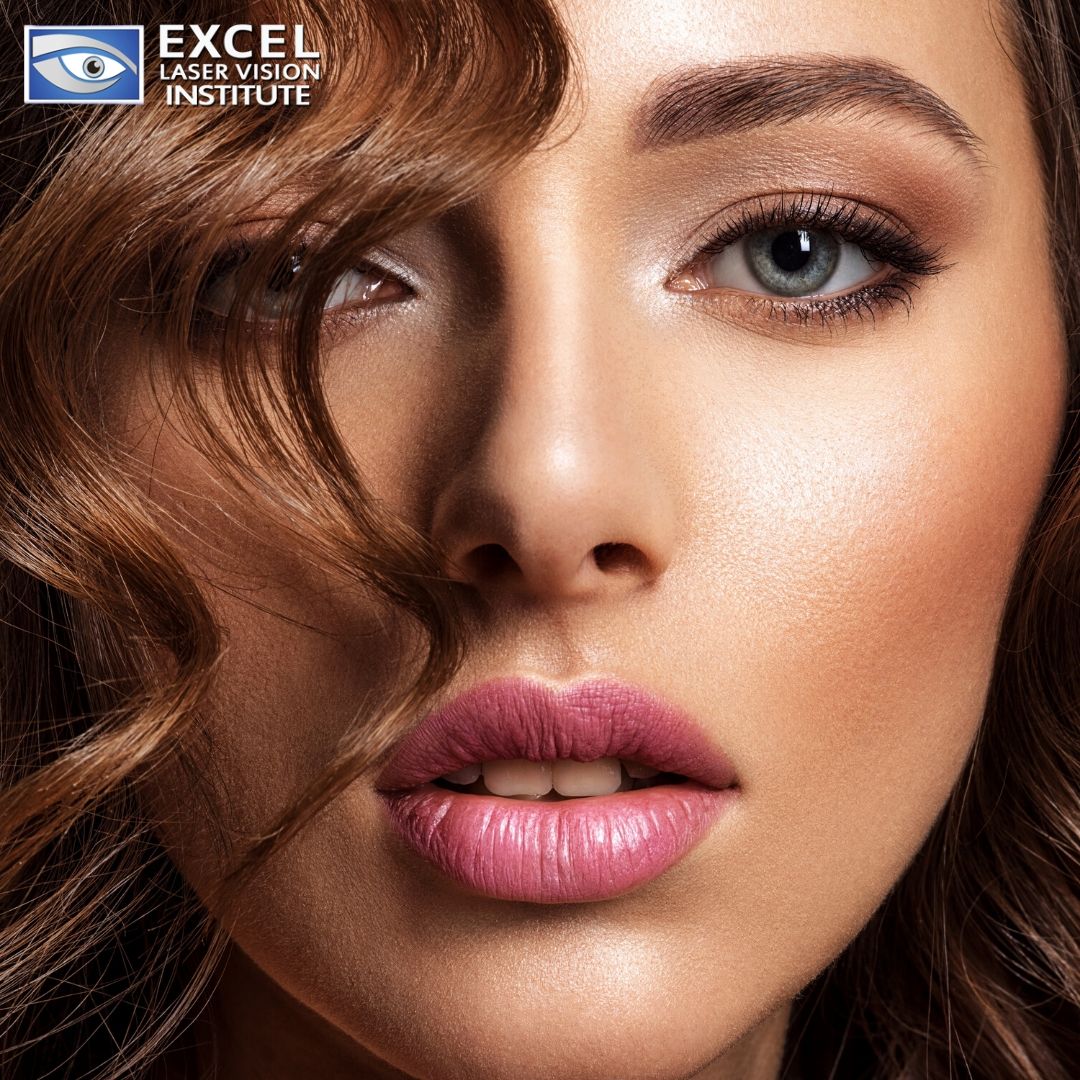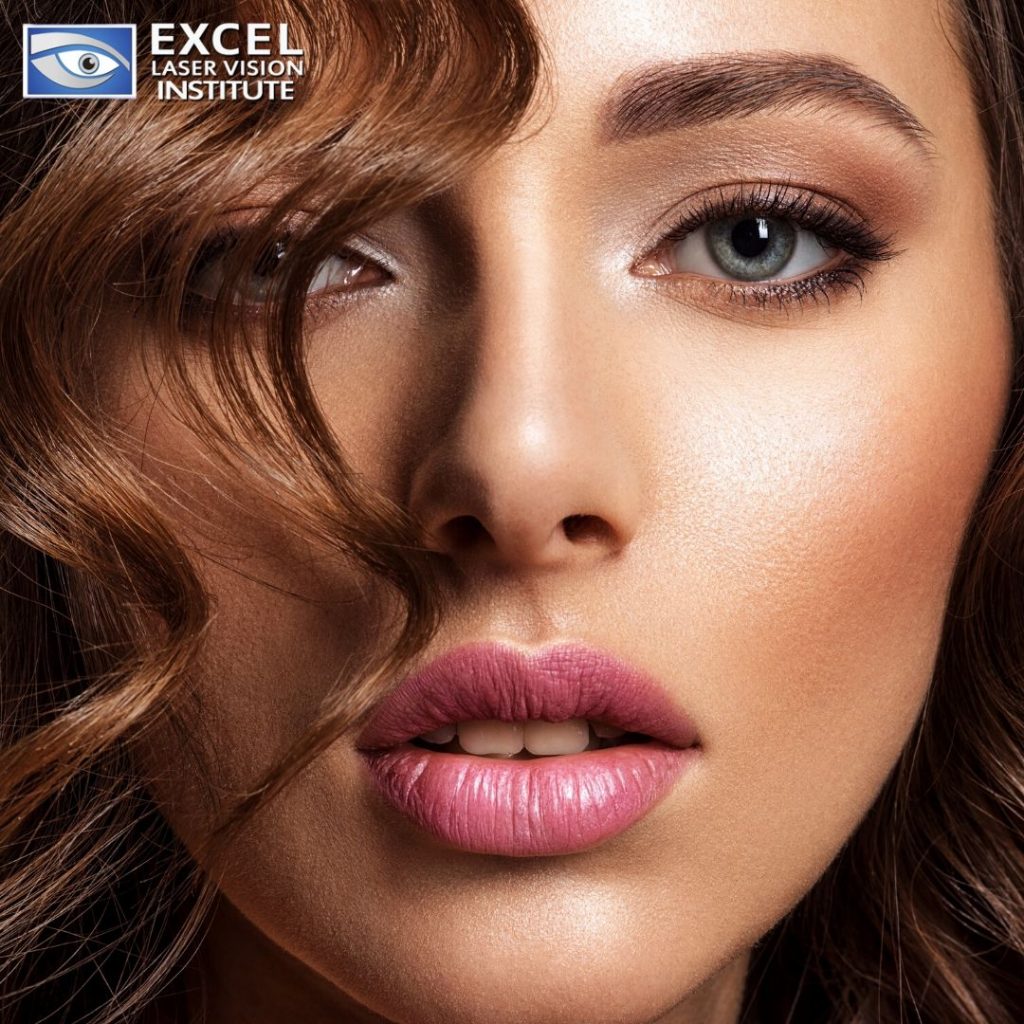
Generally, as we age, we are more susceptible to eye degenerating conditions such as cataracts. As the refractive and LASIK surgeon in Orange County explains, cataract surgery involves the removal of the clouded natural lens, which is replaced with an artificial plastic lens.

Nowadays, lens technology provides the means for cataract patients to not only replace their clouded lens with a clear plastic lens, but also correct other vision problems such as nearsightedness, farsightedness, and astigmatism as well.
A refractive and LASIK surgeon in Orange County can help you customize the procedure to your personal vision requirements using modern state-of-the-art intraocular technologies. Typically, the process of cataract surgery is the same for every patient in the following ways:
- Similar to all major surgical procedures which take place through the refractive and LASIK surgeon in Orange County, the operating room is a sterile environment.
- Most lens replacement procedures are performed under local, topical anesthesia. The eye surgeon uses eye drops to numb the surface of the eye. The patient is awake for the procedure, but their vision will be very blurry.
- Further medication may be given to the patient to keep him or her calm. Also, the patient may be placed on an IV of fluids and a heart rate monitor.
- A drape is placed on the patient’s face so that only the eye to be operated on is visible.
- Many patients do not feel pain during the procedure, which normally takes 15 to 30 minutes.
- The refractive and LASIK surgeon in Orange County makes a small incision in the cornea with a handheld blade or a laser machine. In many instances, the incision is so small that stitches are not needed.
- A small ultrasonic probe, a laser or a mix of both is used to break up and get rid of the damaged lens. The new lens is then placed where the old cloudy lens was situated in the eye.
- When the surgery is complete, the surgeon will cover the eye with a bandage or shield to protect it as it heals.
- After a brief recovery period, the doctor will allow you to go home with your designated driver.
How To Choose the Best Implant For Cataract Surgery?
When considering cataract surgery, your doctor will discuss with you the most suitable implant to replace your cloudy eye lens.
Normally, eye surgeons use intraocular lenses (IOLs), which are medical devices that are implanted inside the eye to replace the eye’s natural lenses when it is taken out during cataract surgery. IOLs are also often used for a refractive lens exchange procedure, which is a type of vision correction surgery.
Before eye surgeons had access to intraocular lenses, if a patient had cataracts removed, he or she would have to wear very thick eyeglasses or special contact lenses to see clearly after cataract surgery, since no device could be implanted into the eye to substitute the focusing power of the natural lens at that time.
Fortunately, today there is a vast selection of premium IOLs to choose from. The best intraocular lens for a patient depends on many different factors, including lifestyle and their particular visual needs.
Here is a general outline of premium IOLs that are currently FDA approved for use by cataract surgeons in the United States. These are thought to be premium intraocular lenses since they possess advanced features apart from those found in basic single vision IOLs that are covered by certain types of health insurance.
Aspheric IOLs
Normally, intraocular lenses have a spherical optical design, which consists of the front surface being evenly curved from the center of the lens to its periphery. Although a spherical IOL is very easy to produce, this design does not mimic the shape of the natural lens inside the eye, which changes in curvature from the center to periphery. Essentially, the eye’s natural lens is aspheric, not spherical.
Premium aspheric IOLs are a better match in shape and optical quality of the eye’s natural lens, so they provide sharper vision particularly in low light conditions and for individuals with large pupils.
Toric IOLs
Toric IOLs are premium intraocular lenses that eye surgeons use to correct astigmatism, nearsightedness, and farsightedness. Similar to toric soft contact lenses, toric IOLs are capable of correcting astigmatism since they have various powers in different meridians of the lens.
Also, they have alignment markings on the peripheral part of the lens that helps the surgeon to change the orientation of the IOL inside the eye for the best astigmatism correction.
Accommodating IOLs
Traditional spherical IOLs are mono-focal lenses, which are designed to support clear vision at a single focal point. For instance, at a distance for good driving vision. Ordinarily, with traditional IOLs, a person has to wear eyeglasses or contact lenses to use a computer, read or perform any other close up tasks at arm’s length.
Accommodating IOLs are premium intraocular lenses that increase the range of clear vision with an aspheric design as well as flexible “haptics” which are the supporting legs that hold the IOL in place inside the eye.
Multifocal IOLs
Multifocal IOLs are a type of presbyopia-correcting IOLs that lower the patient’s need for reading glasses or computer glasses after cataract surgery.
Similar to multifocal contact lenses, multifocal IOLs contain added magnification in various parts of the lens to increase the range of vision so a patient can see objects clearly at all distances without glasses or contact lenses.
Monovision
Another option for accommodating and multifocal IOLs for correcting presbyopia is monovision. Monovision IOL does not exist since monovision is the technique of completely correcting the refractive error of one eye and forcing the other eye to become mildly nearsighted.
In this situation, the completely corrected eye sees distant objects clearly, but cannot see very well up close without the use of glasses, while the mildly nearsighted eye sees very well up close without glasses, but not so strongly far away.
If you want more information about cataract surgery with vision-correcting IOLs, do not hesitate to give Excel Laser Vision Institute a call at (818) 907-8606, or fill out our contact form today!



